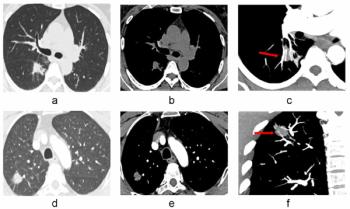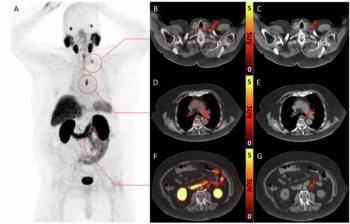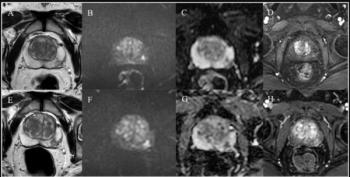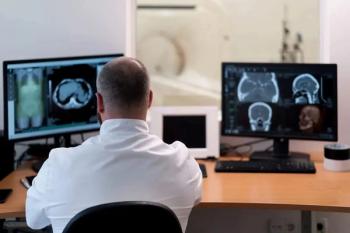
NAI expands imaging business with Aspect Electronics purchase
NAI expands imaging business with Aspect Electronics purchaseFirm continues transition to digital imaging focusThe transition from analog to digital imaging has forced numerous components and systems vendors to rethink business strategies
NAI expands imaging business with Aspect Electronics purchase
Firm continues transition to digital imaging focus
The transition from analog to digital imaging has forced numerous components and systems vendors to rethink business strategies in order to maintain and expand their customer base. One such company is North American Imaging, a medical imaging equipment supplier in Camarillo, CA, and a wholly owned subsidiary of Canadian imaging center giant DC DiagnostiCare of Edmonton, Alberta, which reported revenues of $78.5 million last year.
NAI has built a solid reputation as an OEM supplier of x-ray tubes and related components for medical imaging, claiming 350 customers worldwide. Its OEM partners include Acuson, ADAC Laboratories, ATL Ultrasound, Camtronics, GE Medical Systems, Hitachi Medical Systems, Marconi Medical Systems, Philips Medical Systems, Siemens Medical Systems, and Toshiba Medical Systems.
But two years ago, the company recognized that changes in the radiology business were going to have an impact on revenues from conventional sources. Thus, NAI established its Technology Products division and embarked on a new strategy: to develop businesses and products that would meet the increasing demand for digital imaging in medical diagnostics.
As a high market-shareholder in the analog component side, (we realized) that margins and profits and sales will be increasingly harder to come by, said Paul Dempster, general manager of NAI Technology Products, which focuses on DICOM network integration, Internet-based PACS, digital radiography upgrades, and OEM components. So we began looking for strong business partners with technology that would complement our expertise in medical diagnostic imaging.
As part of this initiative, NAI established a distributor relationship with Aspect Electronics of Auburn, CA, a developer of DICOM connectivity technologies, medical imaging displays, and medical image processing hardware, with annual revenues of $2.5 million. Aspect, which was founded in 1973 as a manufacturer of high-performance gray-scale monitors, shipped its first image capture/DICOM-compatible acquisition module in 1993, and claims that system was one of the first to provide capture and replay of real-time ultrasound cine loops. Aspect has been supplying NAI with DICOM acquisition modules, image interpreters, and print servers since April 1998. NAI repackages and sells the products under its own name.
Now NAI has upped the ante by opting to acquire Aspect outright and further expand the image management side of its business. The two companies signed an agreement to merge in December; once the deal is finalized, NAI will purchase all outstanding shares of Aspect for an undisclosed sum. The sale is expected to be completed this quarter.
The acquisition of Aspect is attractive to NAI for a variety of business and technology development reasons, Dempster said. In particular, it should enhance NAIs ability to provide turnkey image management products and services to its customers, and that in turn should stimulate demand for its connectivity products.
Because Aspect builds its own frame capture boards and wrote its own DICOM libraries, it makes it easier to expand into a business segment that is difficult to be active in, he said. And we think there are opportunities for more players in the connectivity arena.
NAI, which saw its revenues increase to $25.6 million last year, is not stopping there; the company is already pursuing relationships with PACS and RIS vendors and anticipates announcing new partnership agreements in the near future. New products and services are also in the works, including a Web-based image management solution. NAI plans to use its parent companys expertise in imaging centers as a springboard to offering Web-based services on a fee-per-study basis that will allow image management capabilities to grow as the needs of the medical facility grow.
© 2000
Search again Homepage
Newsletter
Stay at the forefront of radiology with the Diagnostic Imaging newsletter, delivering the latest news, clinical insights, and imaging advancements for today’s radiologists.






























